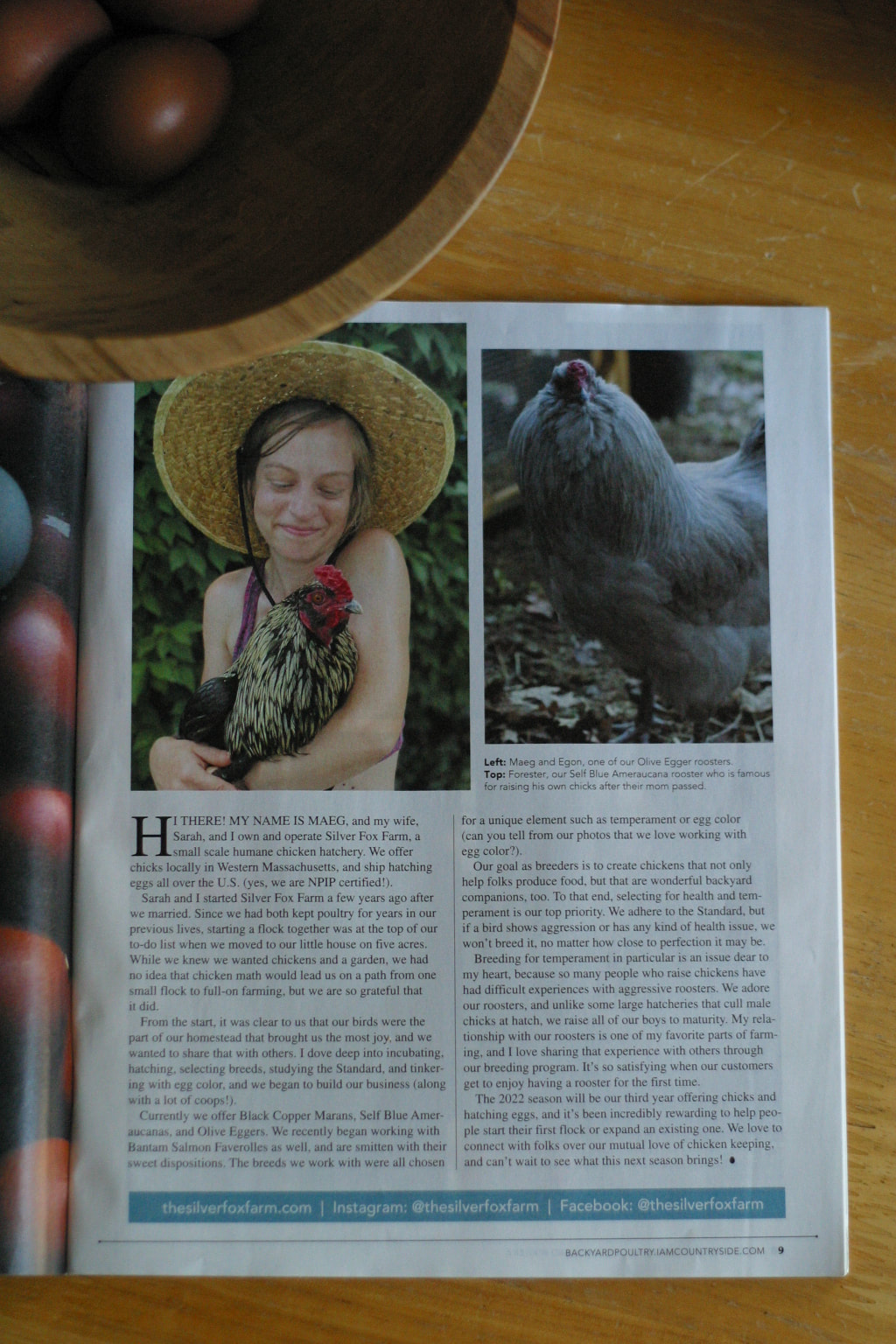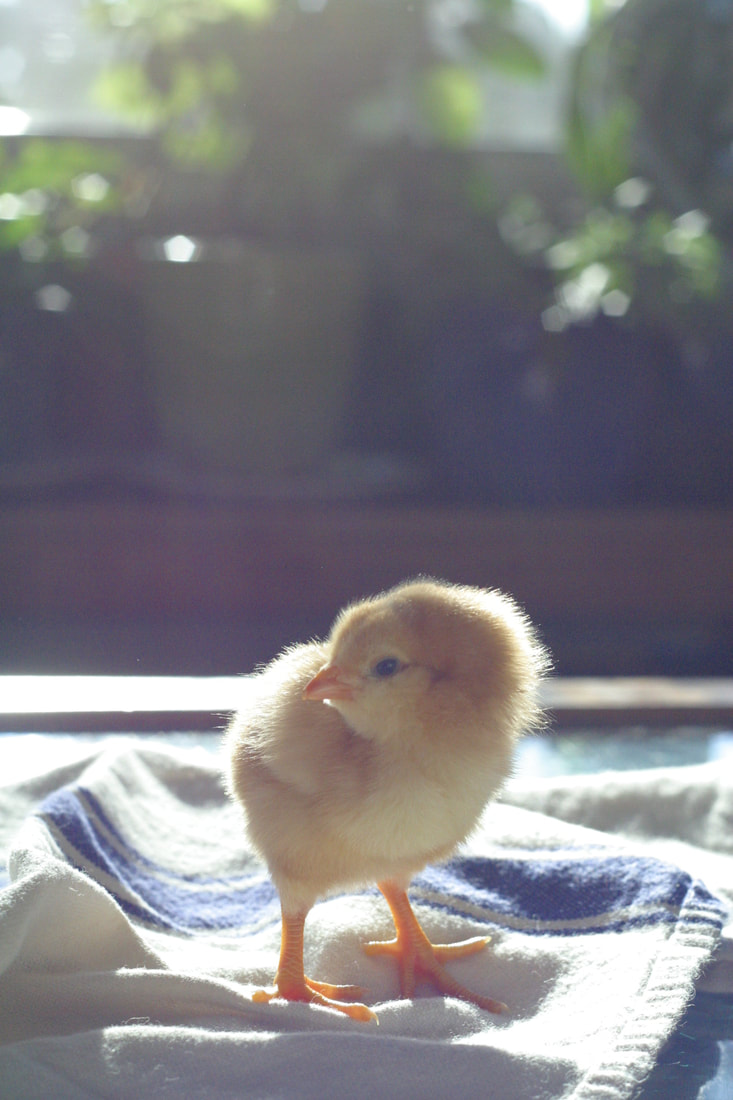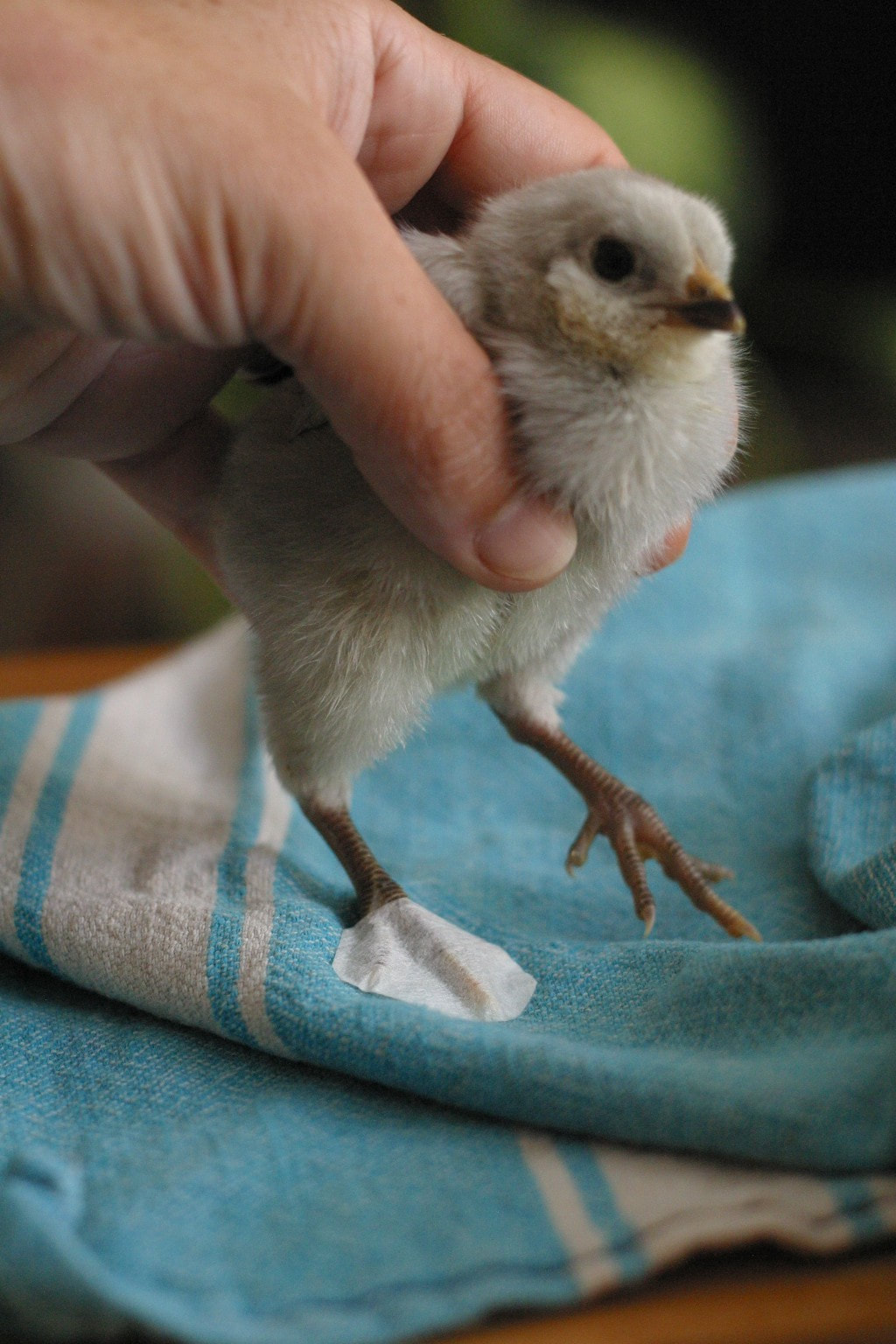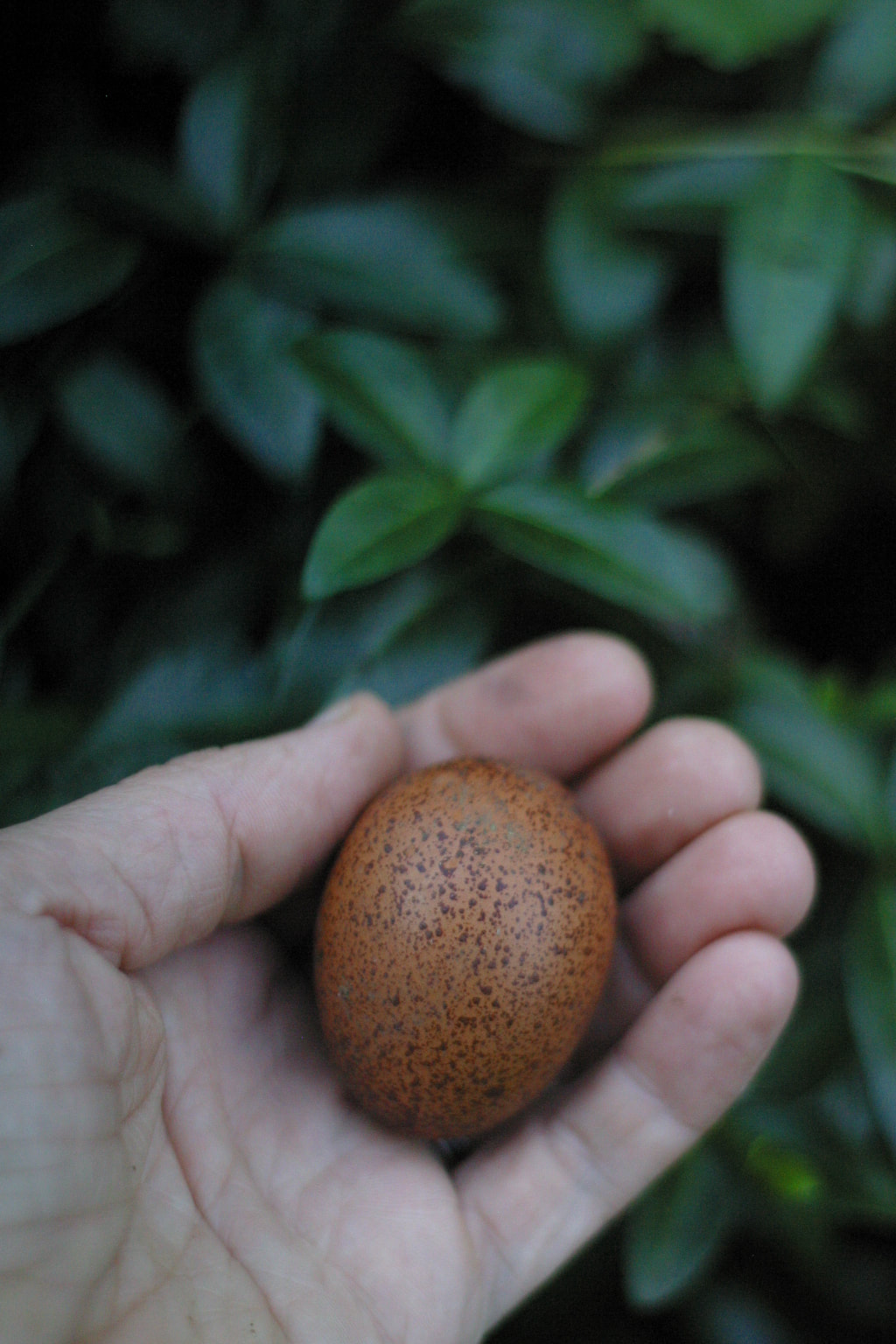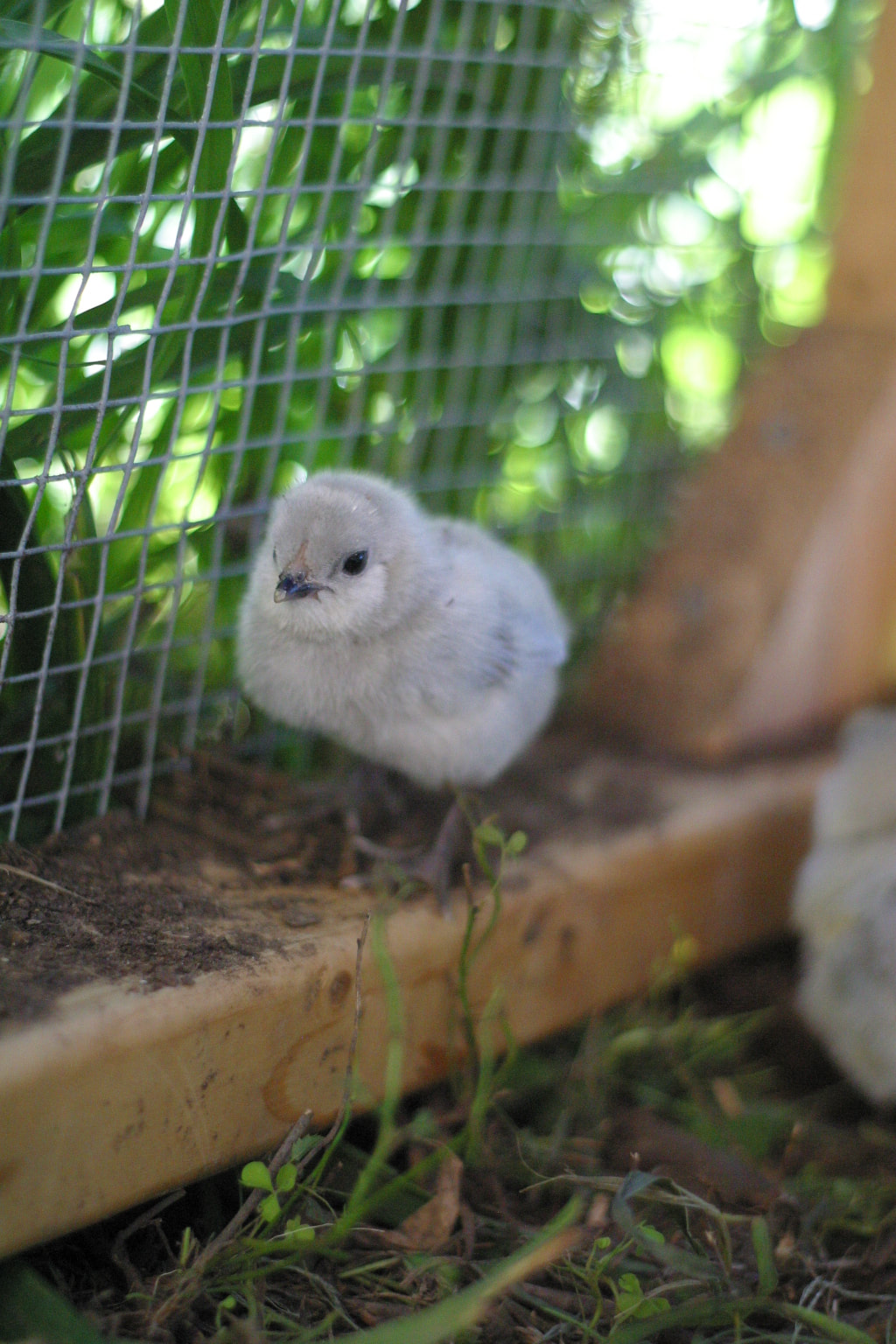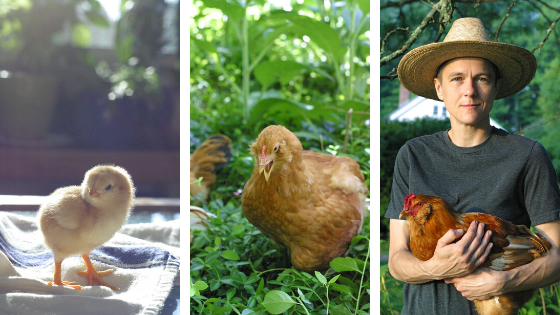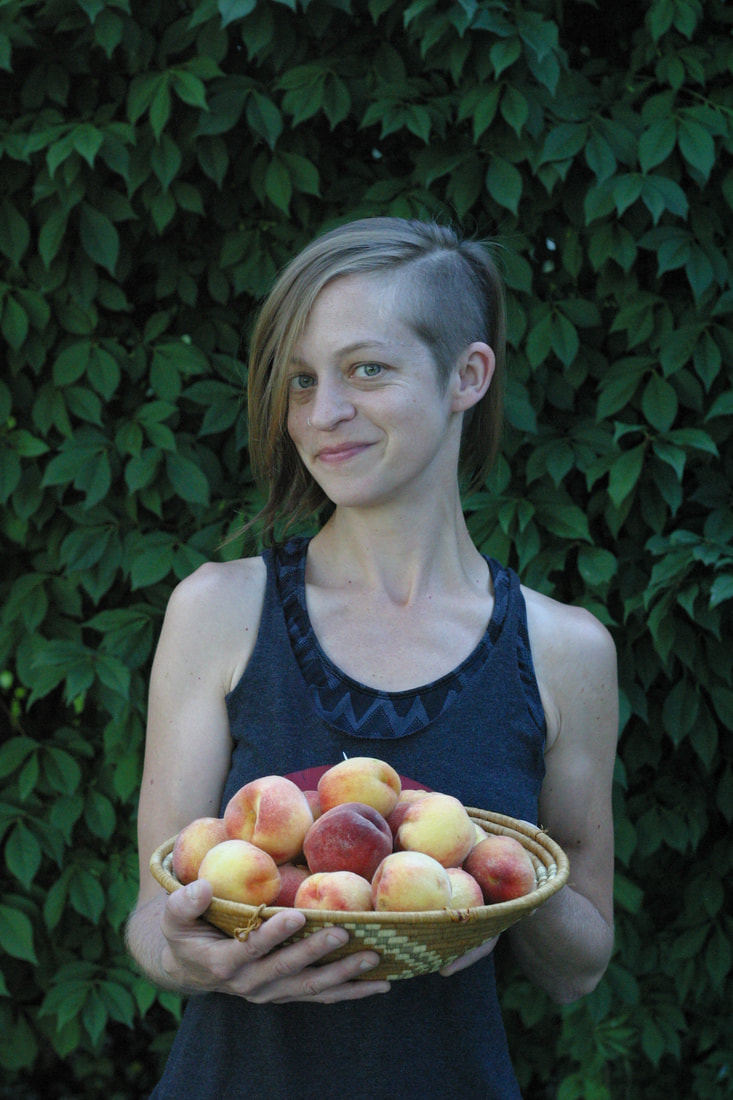|
One of the most common questions I get from folks who don’t have chickens, but know that we ship hatching eggs all over the U.S., is this: “How in the world do you send eggs in the mail without them breaking?”
They are often surprised when I tell them that preventing breakage during transit is easy. The trick, though, is to pack an egg well enough that it not only doesn’t break, but also develops into a healthy, thriving chick. That, my friends, is no small feat–especially when shipping and incubating conditions are outside of our control. Once the eggs leave our hands and enter the labyrinth of the USPS, their ultimate fate is beyond our influence. They will face unpredictable handling in transit, and experience a range of incubation conditions. Our part in ensuring a good hatch for our customers is to pack their eggs with the utmost care. With a bit of trial and error, we’ve found a safe, reliable packing method for our hatching eggs that works for us–and I’ll show you exactly how we do it in this post. Of course, there’s more than one effective way to pack hatching eggs for shipping. I’ll also share some general best practices for shipping eggs, and discuss a couple good alternatives to our method.
5 Comments
Sarah and I were honored to have our farm featured in the latest issue of Backyard Poultry Magazine! It was especially fun to see some of our favorite chickens in our flocks enjoy their fifteen minutes of fame, such as our gentlest Ameraucana rooster, Forester.
Continue reading to see the full feature! I have a story for you. A love story.
A love story about a barnyard mix rooster named Dumbledore’s Baby, or DB for short. Years ago, we hatched DB in early spring and thought he was a pullet for WAY too long. Turned out he was just a very round, kinda funny, slow-maturing, bottom-of-the-pecking order cockerel, part of a coop-less gang of four males that free-ranged our property from dawn until dusk, when they would tuck themselves to bed in our garage. During the day, they followed us EVERYWHERE as we tended the garden and built coops. We loved, loved, loved their company. When he hit four months old, DB started acting a little funny toward me. Stamping around near me, pecking near my toes. None of our roosters had ever been aggressive, but I was starting to feel a little nervous around DB. His energy around me was different...but I wasn’t 100% sure what was going on yet. Have you ever wondered what medical supplies you need on hand in a chicken first aid kit? You want to be ready for everything from emergencies to common ailments, but it can be hard to sort through all the supplements and medications out there to figure out what works, what doesn’t, and what you actually need.
In this post, I’m going to go over everything I keep on hand to take care of our birds. Putting together a medical kit for your chickens is an investment of both time and money. I hope this peek into our medical supplies will help you save both, and be a starting point for you to put together your own chicken first aid kit. This speckled Marans beauty was our first new layer egg of the year. These pullet eggs aren’t much to eat, and they shouldn’t be hatched, but damn, they are magical--tiny hints of what’s to come, and always a thrill after months of nurturing a bird from hatch to point of lay.
These eggs also mean it’s time to assess our first round of grow outs as we begin to make decisions about who will be part of our breeding programs next year. There’s a lot to think about with each bird. Assessing our growouts and breeding stock is a multi-layer, ongoing process. In this post, I’m going to chat about selective breeding and the things we take into consideration when making breeding decisions. This is by no means meant to be a comprehensive guide to breeding poultry--that is far too much for one blog post! Instead, I'll be sharing an overview that will give you some insight into everything we think about when making our breeding choices and what this process is like for us on our farm. What is Clan Mating?If you are interested in breeding your own flock for the first time, know that there are a number of different breeding methods you can choose, including line breeding, flock mating, and clan mating. All have their pros and cons, and some might be a better fit than others for your own situation and goals. On our farm, we’ve chosen to use a clan mating system for our Ameraucanas and Black Copper Marans.
Clan Mating (also known as Spiral Mating) is a system of breeding where chickens are separated into at least three different groups, or clans. You can absolutely have more than three groups if you wish, but three is the minimum. In the initial year of a clan mating program, chickens mate within their group, and in all subsequent years, males are rotated to the next clan over. (I was unable to discover where this breeding method originated, but I first learned about Clan Mating from Harvey Ussery’s great book, The Small-Scale Poultry Flock.) “What is the difference between hatching eggs and eating eggs?” A friend asked Sarah and I this most eggs-cellent question recently while we were hanging some flyers for our farm.
This is a great question. Producing eating eggs is pretty straightforward: eggs laid, eggs eaten. Far more goes into the production and selection of a hatching egg. I thought I'd share some of the differences here. When we produce hatching eggs, we pay careful attention to: Freshness: Eating eggs last for weeks, but a hatching egg should be a week old, max, when placed in the incubator. This week includes collection, shipping, and at least a day of rest after shipping. Why buy straight run? Here's some straight talk on straight run, the sexing of chicks, and the common poultry industry practice of killing male chicks at hatch. On our farm, all male chicks are grown out into beautiful roosters and have the opportunity to lead a quality life. At maturity, our extra boys are swiftly and respectfully processed. We often have friends and family over to help us with this, so that others may practice harvesting their own meat. It’s a powerful experience that has both challenged us and gifted us a completely new relationship with our food.
On our farm, humanely raised, pastured meat is a natural byproduct of producing hatching eggs and chicks. Because we are such a small farm, it’s easy for us to absorb our extra roosters, adding them to our freezer or sharing them with friends and family. But what happens in large scale hatcheries? |
Hi, I'm Maeg.Welcome to our blog! Categories
All
|
©
The Silver Fox Farm


